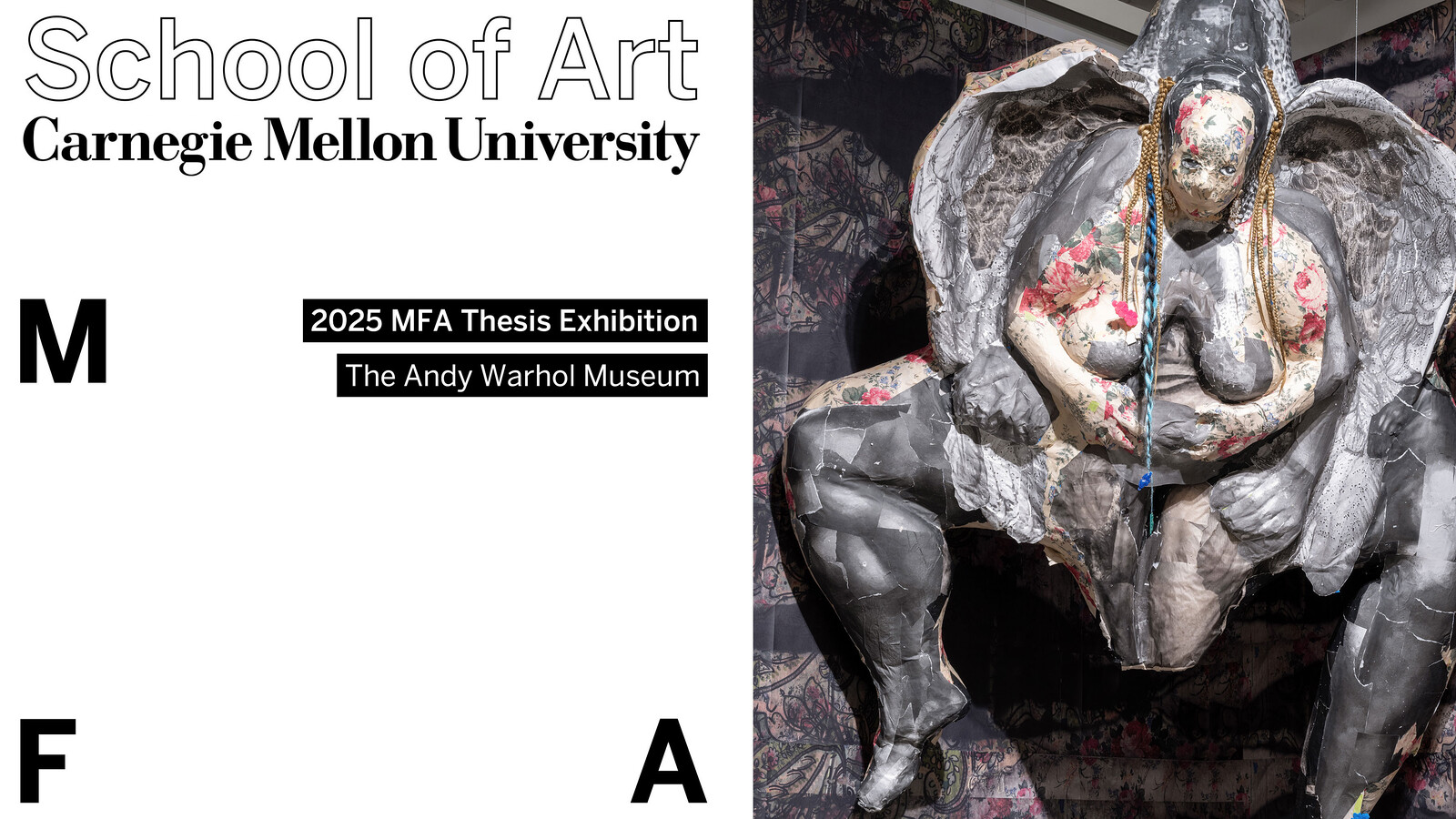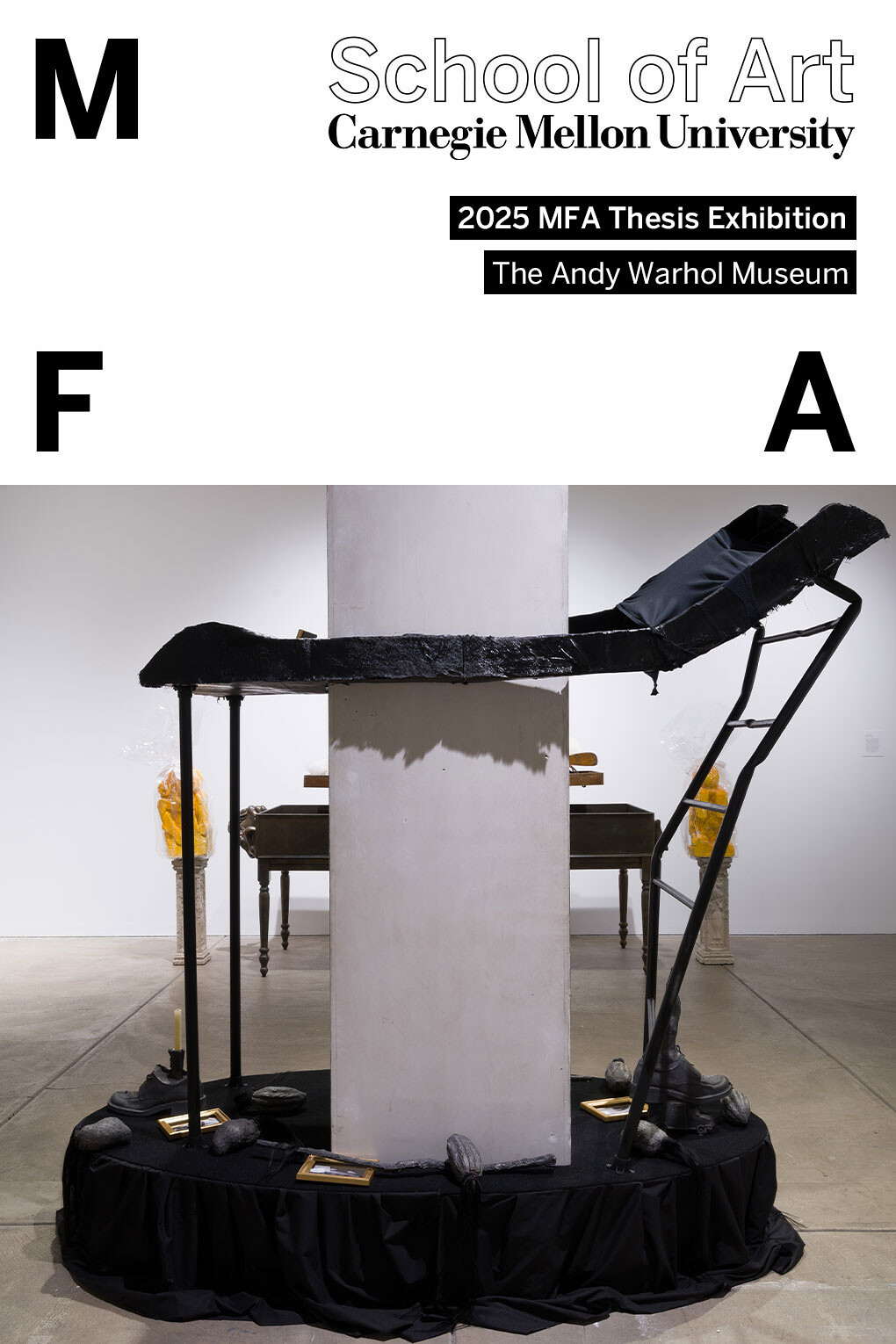Wars can be waged in various forms, from cold to hot, from trade wars to psychological warfare to outright bombardment and genocide. The techniques available for negotiating unresolvable differences can seem endless. But it would also seem that the material of war’s underbelly is capable of a strange expressivity. In this issue, Mary Walling Blackburn takes on the genre of “trench art”—objects crafted from war’s detritus by soldiers addressing material or spiritual needs, or by prisoners or civilians reflecting on the circumstances of war and confinement. In their detailed making and decorative use, Blackburn finds a contorted, diagonal relation to fine art objects. If trench art often miniaturizes the psychic magnitude of war, what would a proportional relation look like, say, if the estimated millions of tons of rubble, human remains, and unexploded ordinance in Gaza caused by US arms could be materially reabsorbed as an “unholy amalgam” of trench art for US art collections, as collective burial and real consequence? If spent bullet shells, weapons, or other war detritus can become decorative trench art, artist Kim Jones’s Mudman on the issue’s cover demonstrates how the psychological trauma of war can transform into material for art.
Also in this issue, Yuk Hui’s introduction to his latest book, Machine and Sovereignty: For a Planetary Thinking, suggests that to remain relevant today, political philosophy must address the primacy of technology in determining contemporary conflicts and alliances. Amidst the volatility of trying to achieve a technological sovereignty that may be impossible today, such negotiations often elude the terms of traditional nation-states and military power, creating an opportunity to revise what planetary unity means. Stanley Wolukau-Wanambwa compares Cameron Rowland’s exhibition “Properties” and Steve McQueen’s work Bass, simultaneously on display at Dia Beacon, tracing how these artists illuminate the entanglements of aesthetics, politics, and racial capitalism through drastically different approaches.
Anton Vidokle recounts his close relationship with Boris Groys in a personal reflection on the philosopher’s unusual sensitivity to artworks and artists as foundational for intellectual work. Vidokle recalls the revelatory moment when Groys introduced him to the idiosyncratic ambitions of cosmism and the early Soviet avant-gardes. Part 2 of Rodrigo Nunes’s essay on Aleksander Bogdanov investigates how the philosopher’s views of the cosmos, organization, and human adaptation resonate with contemporary theories of anthropogenic climate change. How to reconcile Bogdanov’s endorsement of humanity’s “dominion over nature” with the present-day polycrisis? Nunes suggests that Bogdanov’s insistence on the horizon of “comradely” cooperation has much to offer us.
What does caretaking that is decoupled from biological and gender essentialism look like? The figure of the “Mother,” writes iLiana Fokianaki, has become weaponized in contemporary culture to reinforce binary thinking, white-supremacist logic, and neofascist politics across the globe, especially in Europe. Fokianaki proposes the alternative of “othercare”—a practice that draws from Indigenous kinship structures and builds toward broader feminist alliances. In an excerpt from his forthcoming book The Future of Revolution: Communist Prospects from the Paris Commune to the George Floyd Uprising, Jasper Bernes begins from the notion that forms of revolutionary action like the Paris Commune pull from the past while looking toward the future. In this way, the theory of the commune is “both retrospective and prospective at once.” In Marx’s theory of value, Bernes identifies a method for “testing” socialist proposals, even if the abolition of value is not itself sufficient to celebrate the arrival of communism.

